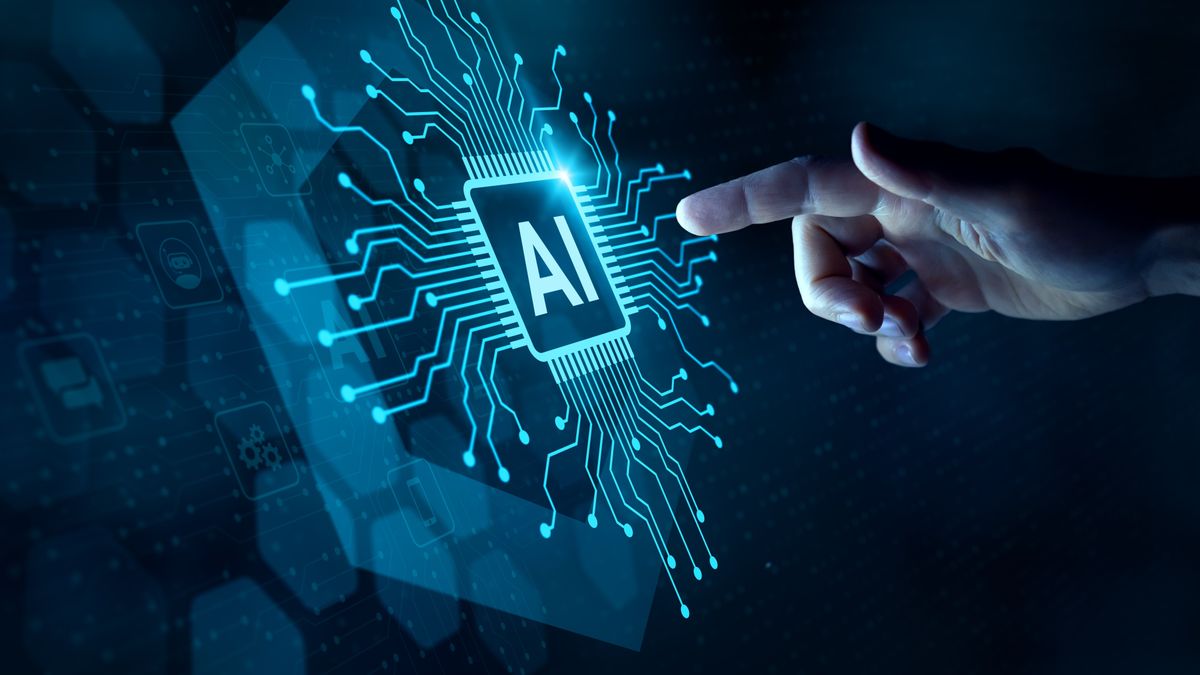More time, less tedium: how AI is helping SMEs to innovate and compete
More time, less tedium: how AI is helping SMEs to innovate and compete
Share:
Using artificial intelligence to handle repetitive tasks and large data sets is no longer just the preserve of big corporate players. With AI now available as an affordable service, SMEs are freeing up their people to focus on more rewarding work. “Admin is important,” says Kevin Fitzgerald, UK managing director of Employment Hero, a global employment management platform that uses AI to make life easier for SMEs. “But technology has progressed so far, especially in the last 10 years, that a lot of admin tasks can now be taken care of digitally.” From Fitzgerald’s point of view, AI is not some nebulous or frightening new technology, but rather a smart way to relieve staff and companies of drudgery and time-consuming tasks, freeing them up to do more valuable and interesting work.
![[Afro american young woman wearing colourful sweater sitting at the desk at home and using laptop.]](https://i.guim.co.uk/img/media/425b7d8c3f7abe299a13aee4d52da2b703d9ed58/0_4_2121_1273/master/2121.jpg?width=445&dpr=1&s=none&crop=none)
The mundane parts of onboarding, such as entering people’s details on systems or sorting through hundreds of CVs, can be repetitive and feel unrewarding. But by using AI to do these tasks people can focus on more worthwhile work, such as ensuring that new hires feel welcome and are quickly integrated into the team and brought up to speed. An example of AI use, says Fitzgerald, might be organising an employment contract and getting a new hire set up on the payroll system. “Because we’ve already got their information, we can do this in 20 seconds.”.
![[Coworkers discussing over computer in office]](https://i.guim.co.uk/img/media/0371313d27b237a5edeb79880efd0d6432240e93/0_18_2121_1273/master/2121.jpg?width=445&dpr=1&s=none&crop=none)
Taking away hassle and uninspiring work can help people do their jobs more effectively and boost their engagement, working energy and productivity. Integrating AI into the workplace also chimes with broader shifts towards more flexible and hybrid working practices in response to both social and technological developments. In a sense, bosses are effectively having to manage their employees’ energy instead of just managing their time.
Using AI to automate tasks such as payroll and HR is also part of a much longer term shift: companies have been using digital tech to automate routine admin tasks, such as filing, for more than 50 years. First it was done by computers the size of rooms, then desk PCs, then networked PCs and so on. Then a major shift occurred around a decade ago, with the advent of what became known as “software as a service”, which enabled SMEs to access many back office functions – such as sophisticated payroll and expenses systems – from external providers. This meant that SMEs, which had previously had to make do as best as they could, were now able to utilise tools that had once been the preserve of large corporations that had such functions in-house – thereby helping to level the playing field between SMEs and much bigger businesses.
By incorporating AI, the system is particularly well suited to tasks that involve large amounts of data and routine work – but also to work such as CV screening, which is both complex and demanding. AI has the potential to create a virtuous circle. It allows people to do more worthwhile work and means they’re more productive, which feeds into job satisfaction and engagement. All this can be viewed as a form of digital empowerment. And, if there’s one thing that comes up time and time again in management research, it’s that empowering people and leaving them to get on with their work results in greater workplace satisfaction.
Finally, most of this AI is not difficult-to-use technology. Rather, it is embedded in platforms such as Employment Hero and means staff have more powerful tools at their disposal. Fitzgerald says that this helps demystify the technology and is a great introduction to it. “Many SMEs are unsure about AI and ask: ‘Should I adopt AI?’ But once they see that it is something we use to help people work faster and smarter, it helps them get over the bridge.”.











